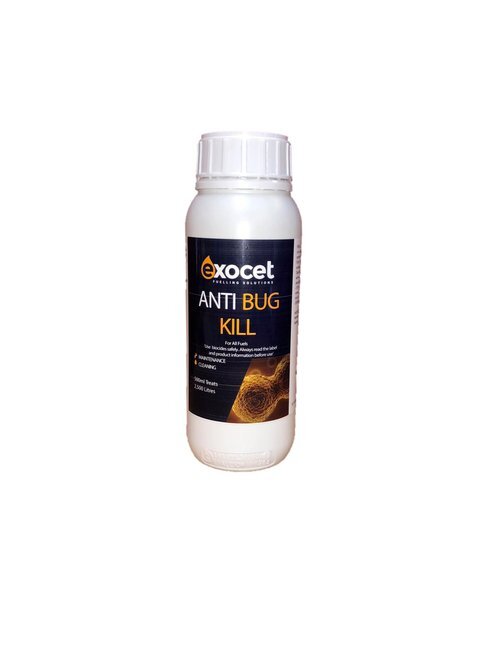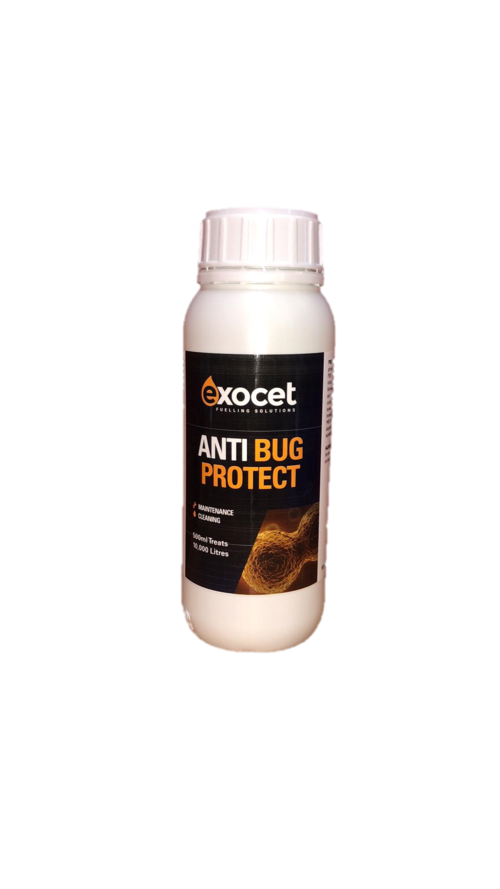If you’re using diesel-powered equipment, it is important to ensure that your fuel is monitored and protected against the build-up of bacteria also known as diesel bug which can form inside your storage tank.
What Is A Diesel Bug?
“Diesel Bug” is the name for the microbial contamination within diesel fuel. Diesel fuel usually contains around 7% biodiesel which benefits the environment however, it is not so great for businesses who need to store fuel.
Bio-Diesel holds and attracts water more than other fuels. The attraction of water encourages the growth of the diesel bug and can cause sludge to build upon the inside of your tank. Diesel bugs thrive in water when met with biodiesel
The diesel bug can spread rapidly, doubling in size every 20 minutes. This means it will not take long until the biomass of the diesel bug becomes a few centimetres thick
How Do Bacteria Enter Your Tank?
The thick concentration of diesel bug can look like slime and can either be a dark brown or black colour depending on the bug. The bug lives in the layer between water and fuel and may give off a foul smell.
What Does A Diesel Bug Look Like?
The thick concentration of diesel bug can look like slime and can either be dark brown or black in colour depending on the bug. The bug lives in the layer between water and fuel and may give off a foul smell.
How To Spot It
Signs you should look out for:
Foul smell from fuel
Increase In Fuel consumption
Difficulty starting engine/losing power
Blocked filter that needs to be changed on a regular basis
deposits that look like coffee in the filters
How To Treat It
Ideally, using Exocet Anti-Bug to treat the diesel bug is the best option. To ‘kill’ or ‘shock treat’ the infestation the treat rate is 1 litre treats 5,000 litres of fuel and then it is advised to treat using a maintenance protection dose of 1 litre to treat 20,000 litres of fuel. The best course of ‘kill’ action is to treat the fuel already in the tank and then add more fresh fuel on top to ensure all internal areas of the tank (potential breeding grounds) are coated with the treated fuel and leave for 48 hours. After this time the fuel is usable and you will have to change the fuel filters during the next week regularly as the bugs die.
prevention dosing of Exocet anti-bug is much cheaper than using the shock treat “Kill” method and will provide peace of mind.
They always say, ‘prevention is better than cure and it is advisable to dose the Exocet Anti-Bug product at protection levels to ensure that businesses do not incur any downtime costs or pipe/tank corrosion costs associated with a bug infestation. This cost can be detrimental to businesses relying on vehicles to meet contract deadlines or backup generators that need to supply the national grid etc…

To order or for more information, don’t hesitate to contact us on 01563 525215 or request a quote below.












